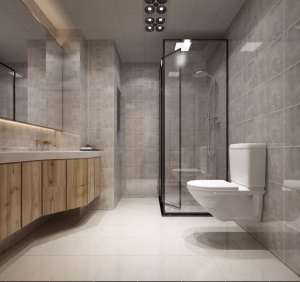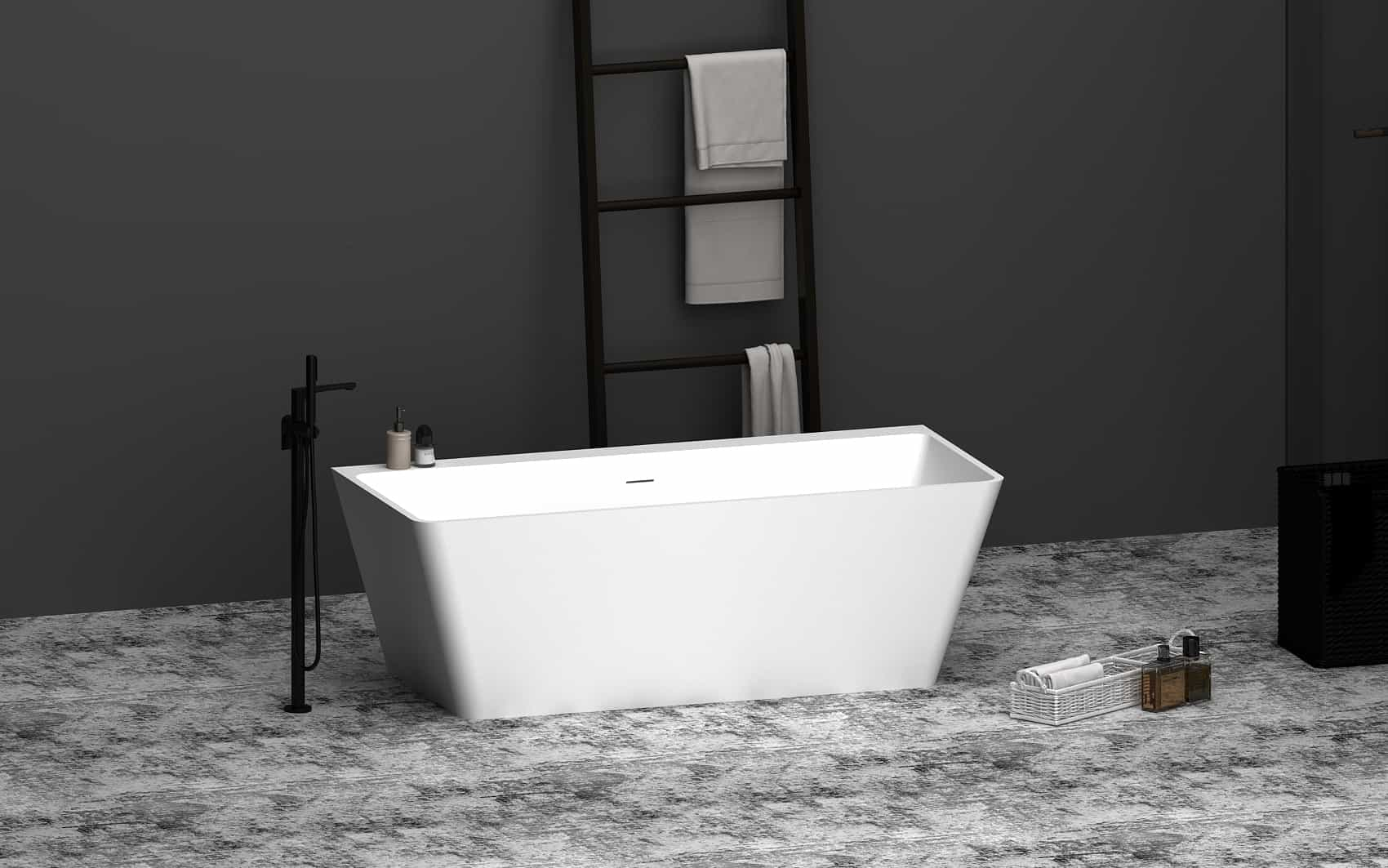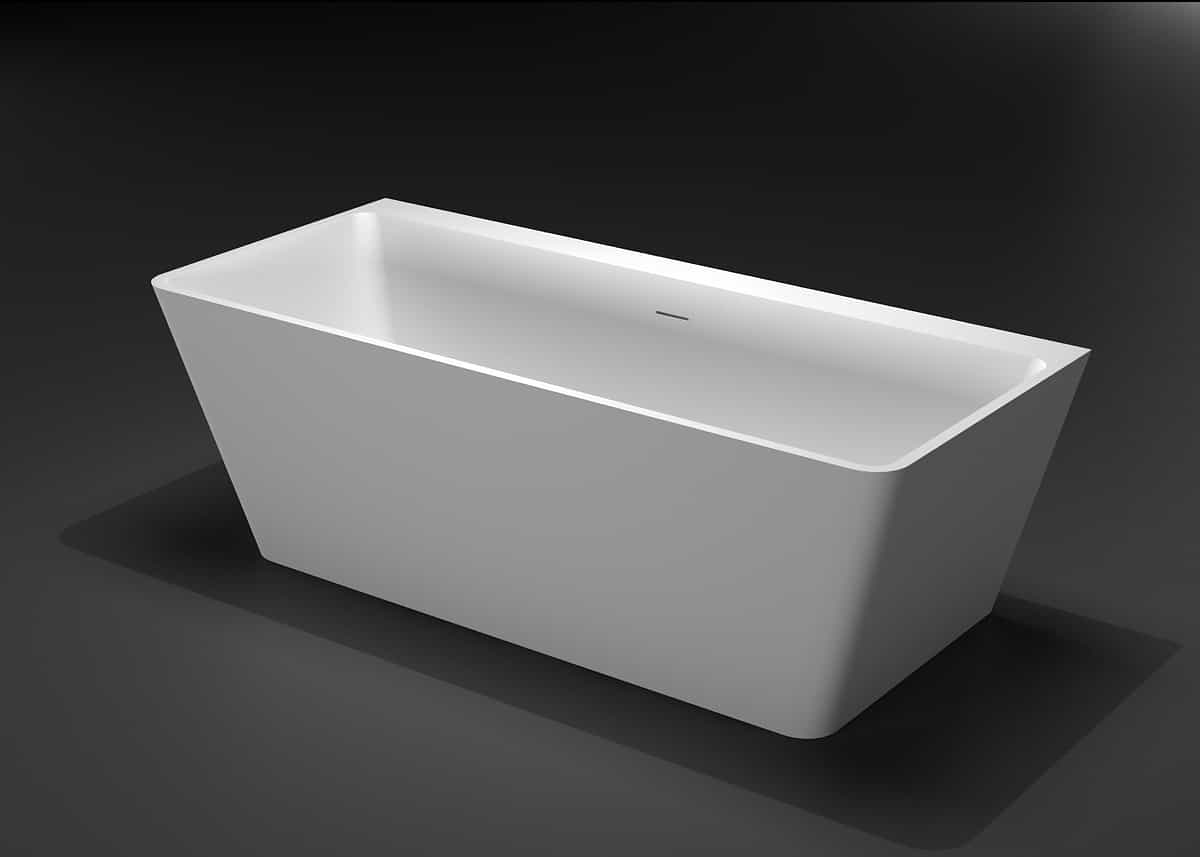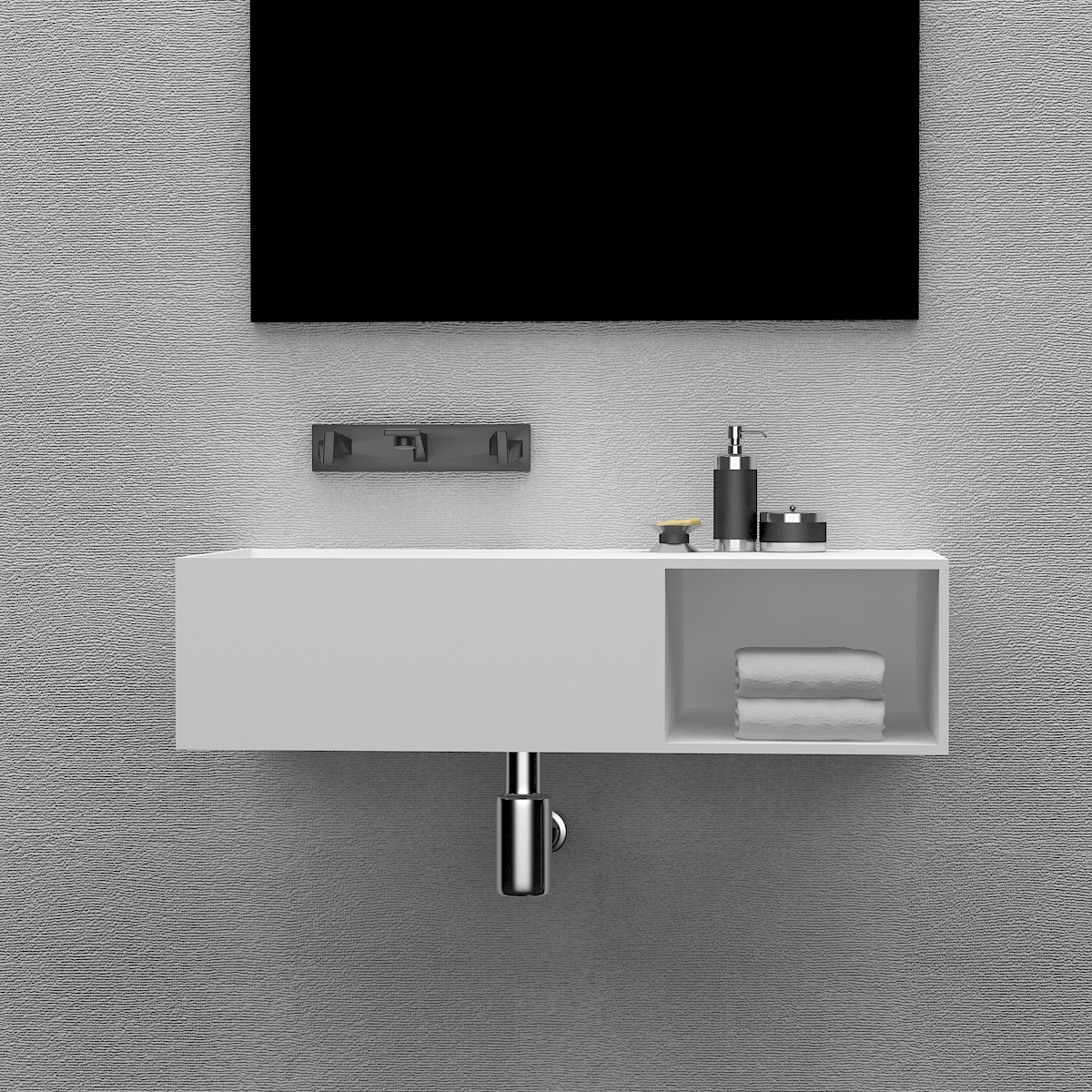
How to choose a faucet for the bathroom?
Compared with other equipment in the bathroom, the faucet is considered a small piece. But it is often these small things that can make you feel the improvement of the quality of life at home. When you choose a bathroom faucet, you must first consider whether it is realistic. If there is not enough hot water supply at home, then split hot and cold water faucets are obviously unnecessary.
In addition, when purchasing a faucet, you must also consider the matching of sanitary ware: the most important thing is that the model must match, otherwise it will cause trouble for the installation, even if it is barely installed, it will inevitably “run, emit, drip”; Styles and colors should be matched, here is a simple principle, classic to classic, modern to modern. If your bathroom is dominated by cool colors, you can choose a silver faucet; if your bathroom is dominated by warm colors, you should use gold. If the style of the whole bathroom is more complicated, milky white can be used.
At present, there are two types of faucets used in the bathroom: one is on the basin; the other is on the bathtub. Basin faucet can be divided into split body and single body, you can choose according to the actual situation. There are two types of bathtub faucets: hose and concealed. The hose is more convenient to use and easy to install; the concealed bathtub faucet looks good, but it is slightly more difficult to install.
Before the decoration, you may wish to go to the major building materials cities to learn about this knowledge. During construction, no matter what kind of faucet you use, the waterproof layer of the wall must be done well during installation to avoid troubles in future life.
How to choose water supply pipes for decoration?
At present, the water pipes for residential decoration are mainly divided into: galvanized pipes, upvc pipes, aluminum-plastic pipes, ppr pipes, copper pipes and stainless steel pipes.
Galvanized pipe: Most of the old houses use galvanized pipes. Now the iron pipes used for gas and heating are also galvanized pipes. Galvanized pipes are used as water pipes. Yellow water not only pollutes sanitary ware, but also contains bacteria that grow on the rough inner wall. Rust causes excessive heavy metal content in the water, which seriously endangers human health.
In the 1960s and 1970s, developed countries in the world began to develop new pipes and gradually banned galvanized pipes. Four ministries and commissions including the Ministry of Construction of China have also issued a document stating that galvanized pipes will be banned from 2000. At present, galvanized pipes are rarely used in cold water pipes in newly built communities, and galvanized pipes are used in hot water pipes in some communities
Upvc pipe: It is actually a kind of plastic pipe, and the joints are generally bonded with glue. The upvc pipe has poor frost resistance and heat resistance, so it is difficult to be used as a hot water pipe, because its strength is not suitable for the bearing of water pipes. Pressure requirements, so cold water pipes are rarely used. In most cases, pvc pipes are suitable for wire and sewage pipes.
In addition, in recent years, the scientific and technological circles have discovered that phthalein, a chemical additive that can make PVC softer, has a great impact on the kidneys, liver, and testes in the human body, causing cancer, kidney damage, destroying the human body’s functional regeneration system, and affecting development. So I suggest you not to buy it.
Aluminum-plastic pipe: Aluminum-plastic composite pipe is a popular pipe material in the market. At present, Rifeng and Jinde are well-known in the market. Because of its light weight, durability and convenient construction, its bendability is more suitable for use in home decoration. .
Its main disadvantage is that when it is used as a hot water pipe, due to long-term thermal expansion and contraction, the pipe wall will be dislocated and cause leakage. Many residential areas in Beijing use aluminum-plastic pipes. In Guangdong and Shanghai, where the decoration concept is relatively new, the market for aluminum-plastic pipes has gradually disappeared. At present, aluminum-plastic pipes are still relatively active in the Beijing market. Plastic pipes will also face elimination.
ppr pipe: As a new type of water pipe material, ppr pipe has unique advantages. It can be used as a cold pipe or a hot water pipe. Due to its non-toxic, light weight, pressure resistance and corrosion resistance, it is becoming a A promotional material.
PPR pipes are not only suitable for cold water pipes, but also for hot water pipes, and even pure drinking water pipes. The interface of the ppr pipe adopts hot-melt technology, and the pipes are completely fused together, so once the installation pressure test is passed, it will not exist for a long time like the aluminum-plastic pipe, and the phenomenon of aging and water leakage will not exist, and the ppr pipe will not scale. Stainless steel pipe: It is a very expensive water pipe, difficult to construct, rarely used, and its performance is similar to that of copper pipe.
What is the reason for the bathroom leak?
In most cases, it is caused by water leaks upstairs.
1: There is water on the upper wall near the standpipe, which may be the upper layer leaking; or it may be the upper layer leaking down the pipe.
2: There is water on the lower part of the ground near the standpipe of the package. It may be that the upper layer leaks down the pipe, or there may be problems with the standpipe of the household, the joints, valves, and cleaning ports of the package.
3: The other walls are soaked by the top and the bottom of the roof is soaked, which must be the cause of the upper layer.
4: The water in the ceiling may be caused by the upper ground, or it may be the leakage of the pipeline in the ceiling of the household (the sewer pipe of the household and the upper floor).
5: The middle part of the wall is soaked in water, the most likely cause is the leakage of the buried pipeline in the wall of the household.
Therefore, there are several points to pay attention to when waterproofing the bathroom:
The waterproofing of the place where the pipeline passes through the floor and the junction of the foot of the floor and wall must be carefully handled. In the ground structure of buildings with coke slag cushion buried pipes and buried dual-purpose floor drains, two layers of waterproofing must be done, the upper and lower layers. If the expansion bolt of the ground-fixed toilet is drilled too deep (a common phenomenon), it will also damage the waterproof layer and cause leakage. Buried wall pipelines (usually buried first, followed by wall waterproofing) must be high-quality pipelines and must not have joints.


















